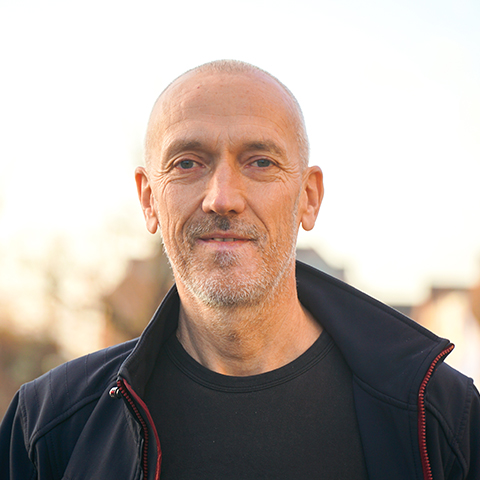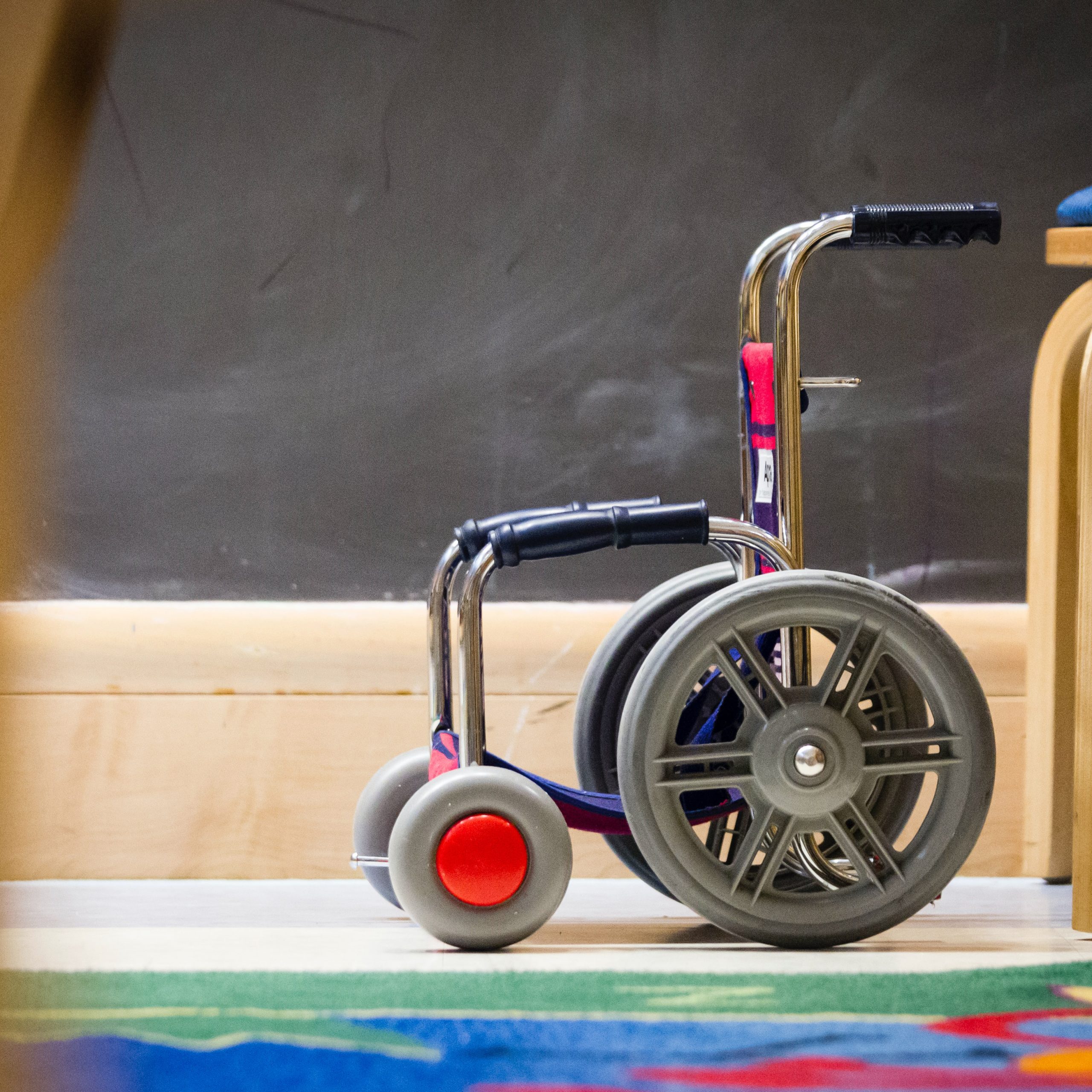Spasticity
Many parents of disabled children would like to know what spasticity exactly is and what the causes of their child’s limbs rigidity are. Let’s have a look at the factors that are responsible for this disbalance of muscle tone.
Aoibheann’s journey
Aisling is hoping to raise awareness of ABR therapy, as she said it was a treatment they “stumbled upon” but that it has made such a difference to Aoibheann’s life.
Cerebral Palsy
Cerebral Palsy CP is used as an umbrella term. Below is an explanation and a further insight into what CP is and what causes it. We also explain how it can affect the body and the important role ABR can play to treat CP. What is Cerebral Palsy, or CP? Cerebral Palsy is a disorder that affects all postural and movement abilities. It is caused by damage to the brain that translates into postural and muscular issues (floppiness or rigidity of the limbs), etc. According to the classic medical world there are 4 types of cerebral palsy: Spastic cerebral palsy Dyskinetic cerebral palsy Ataxic
Functions: why does ABR NOT focus directly on them?
Krista answers some of the most asked questions from parents about ABR.
The ABC of ABR – E – Energy
For the letter E, we will give you more information about energy and how ABR therapy will shift the body into a more efficient energy-use which is needed to rebuild the foundation of the body.
What makes ABR different to other therapies?
Krista answers some of the most asked questions from parents about ABR.
The ABC of ABR – D – Development
For the letter D, we will give you more information about development and if your child is using the right strategies.
Where does ABR belong in the rehabilitation system?
Krista answers some of the most asked questions from parents about ABR.
The ABC of ABR – C – Comfort zone and learning
For the letter C, we will give you more information about how important it is to let a child learn new things in a comfortable way.
The ABC of ABR – B – Body map in the brain
In the ABC of ABR, you learn more about the bodymap in the brain.




















